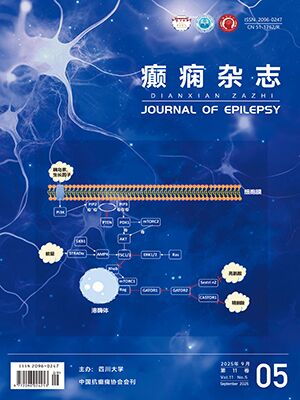| 1. |
赵美顺, 陈敬荣, 杨红. β淀粉样蛋白神经毒性与线粒体功能异常研究进展. 广东药学院学报, 2012, 28(6): 689-692.
|
| 2. |
Maldonado R, Negus S, Koob GF. Precipitation of morphine withdrawal syndrome in rats by administration of mu-, delta-and kappa-selective opioid antagonists. Neuropharmacology, 1992, 21(12): 1231-1241.
|
| 3. |
郭韬, 杜亚丽, 张素芳, 等. 吗啡急性成瘾猫模型的建立. 脑与神经疾病杂志, 2008, 16(6): 711-712.
|
| 4. |
朱筑霞, 吴泽江, 王旭东, 等. 胚胎期和生长期子代大鼠砷暴露对脑细胞线粒体功能和超微结构的影响. 环境与健康杂志, 2011, 6(28): 488-490.
|
| 5. |
Bazil JN, Dash RK. A minimal model for the mitochondrialrapid mode of Ca2+ uptake mechanism. PLoS One, 2011, 6(6): 213-224.
|
| 6. |
Pan S, Ryu SY, Sheu SS. Distinctive characteristics andfunctions of multiple mitochondrial Ca2+ influx mechanisms. Sci China Life Sci, 2011, 54(8): 763-769.
|




